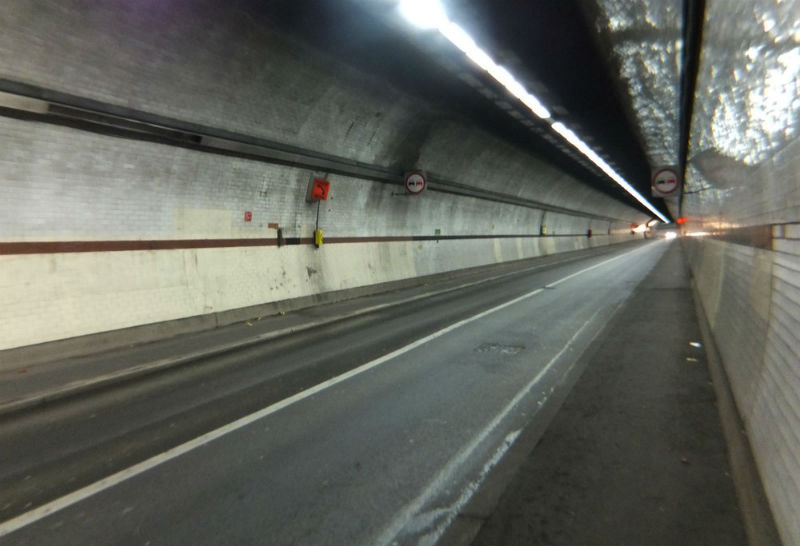
'On a Wing and a Prayer' is an arts film which imaginatively responds to the journey undertaken by Abdul Rahman Haroun, who in August 2015 walked the entire 31 mile length of the Channel Tunnel in a bid to find asylum in the UK. This is a conversation and reflections on the film, between its creator, Alia Syed, and Open University academics Sara de Jong, Umut Erel and Olga Jurasz.
Olga:
Alia what inspired you to make On a Wing and a Prayer?
Alia:
I had been asked by Goldsmiths’ Methods Lab to respond to John Berger’s book A Seventh Man, which is a portrait of guest workers in the European Union in the late ‘60s and ‘70s. There is a point in the book where Berger describes the building of a tunnel underneath Geneva - the tunnel is being built solely to drain rainwater – and at the same time I was reading news reports of Abdul Haroun walking through the Channel Tunnel. These two things triggered something in me; I was reading about these two events at the same time and I was dumbfounded that somebody could survive walking through the tunnel, and I was equally dumbfounded that having survived the journey, he was then arrested at the other end.
Also, my previous film Panopticon Letters became a journey down the Thames, because I was interested in filming the river in the same manner that Turner had painted the river, but I had to find a ‘free’ piece of sky because everything is so built up. So I basically ended up in Southend, and when you travel down the Thames you begin to understand, or physically comprehend how much military architecture there is… In Southend I came across military observation posts from the Second World War that were built to allow a clear view of the channel; so I was made aware of these physical boundaries; the space between the end of England and the beginning of France, and the way in which the Channel Tunnel penetrates those boundaries, and these three things coincided in my brain.
I felt compelled to find a way to better comprehend this journey, so I decided I would walk through the Rotherhithe Tunnel.
Olga:
What was the most difficult part for you as an artist in carrying out this project? What did you find most challenging personally and professionally?
Alia:
Firstly, there was the question of ethics; how much could one argue that I’m stealing his story for art? And then on another level; what was my responsibility to Mr. Haroun in making the film? On a professional level, what has been the most challenging is understanding how the individual is subject to the law, which is something that I had no comprehension of to begin with, and maybe have a very minuscule comprehension of now.
I decided that I was going to follow his journey through the law courts. This was really interesting but also physically and practically very difficult, because you didn’t know when his hearing was going to happen. I couldn’t speak to his lawyers because the lawyers want to protect their client, so information wasn’t readily available. The court was in Canterbury and I live in South London; on a number of occasions I turned up and the hearing had been cancelled. There were also restrictions against taking notes during the hearings – everything had to be done from memory. Quite often I was asking myself why I was going to all of these hearings anyway, when I wasn’t clear in my own mind how this was going to feed into the film - I constantly had these elements of doubt – was I just a spectator, or worse, a voyeur? The question was ‘Where do I sit in all of this and what am I doing?’
Sara:
And you chose a reading of David Herd’s text to accompany the visual part of your journey through the tunnel in the film? And he is speaking the text himself in the film?
Alia:
I attended a conference at the ICA in London hosted by a research group from Kent University where David Herd was speaking; When I heard him speak, he had a particular intonation to his voice which felt like it belonged to an older England; the quality of his voice was the thing that compelled me to ask him to do the voice-over. I then read The View from Dover, which I thought was a brilliant piece of writing. I thought it would be appropriate to use this in the film because it carried on this idea –that there is a journey through the physical space but also through the lawscape. To quote Herd’s text “The landscape surrounding The Citadel is heavy with law”. The text describes a detention centre in Dover - it is not specific to the space of the film, but I wanted to create a third space, an intellectual or emotive space within the architecture of the film, where there are different emotional points between what the audience see; and feel; and hear, so there is travel between those points.
Sara:
And the text shows also the continuity of the military defense of the country.
Umut:
I think is interesting because you are looking at different journeys and how these different journeys run parallel - the journey to the tunnel, the journey through the legal system, and also the journeys along the River Thames. There are so many different layers and relationships, ways in which the relation of the subject to the law, and the relationship of the subject to space - both relate to law.
In a previous project you were recreating Turner’s views of The Thames and they’re so often thought of as being quintessentially English and very much representative of English art. You couldn’t find this clear space of sky over The Thames, and it made you go to the mouth of the Thames, and that of course connects with other countries with other journeys.
You were talking about the relationship of the subject to law, there is a question of; through that journey of migration, but also through that journey of law, how does the subject become a ‘rights bearing person’ or a ‘rights claiming person’? There are really interesting questions around citizenship and how that relates to crossing borders.
What made you think of Rotherhithe?
Alia:
Well it’s the nearest tunnel to my house. I had travelled through the Rotherhithe and the Blackwall tunnel in a car; the Rotherhithe is more atmospheric and it felt older because of the tiles which I’ve since found out are Victorian tiles.
Sara:
Which fits with the law from 1861.
Alia:
Yes. But I didn’t know that; I just like the tiles. I had previously walked through the Greenwich foot tunnel, so initially I thought I should film my walk through Greenwich foot tunnel because it’s prettier. I did walk through the Greenwich foot tunnel but I wasn’t under any pressure walking in the Greenwich foot tunnel so I decided the Rotherhithe was the best.
Umut:
I had a really ambivalent reaction to that at first, but then I found it quite provocative because I thought ‘is there any equivalence?’ And this touches on the question that you’re talking about earlier on ethics, how can you represent an experience that is not yours especially of the person who is in a very vulnerable and dangerous position? But on the other hand I really like that you were saying ‘well it’s the tunnel that is nearest me’, because I think there’s something really important about bringing experiences of migrants closer to recognise that this is also part of our everyday life. In migration studies people often say ‘I don’t know any migrants, so I have no idea about it, right?’ And this is a very important intervention by critical migration studies scholars and activists to say: ‘Well on your Sunday roast do you actually eat potatoes, do you actually eat carrots, what kind of clothes do you wear? Basically the foodstuffs that you eat are produced by migrant workers, maybe in the East of England, the clothes you wear are often produced by migrant workers, in sweatshops, maybe in Europe, maybe elsewhere, so actually we are very intimately linked with migrants.’
Olga:
I wanted to ask you something about ethics, you mentioned earlier 'oh am I using Harouns in story his journey to make art so there’s an ulterior motive', would he feel that his story was being hijacked?
Alia:
I don’t think this is Harouns’ story; the film is a response to Haroun’s story that continues a dialogue. I felt compelled to respond to his story, and in doing that I think I created my own story, and I think that is an important distinction.
Unless we are suddenly made into political refugees and we have to flee Britain, there is no equivalence [between the situation of Mr. Haroun and us] and I don’t think that’s what we should be thinking about. I think we should be thinking about how people find themselves in this situation and how much are we part of the situation that creates this thing that’s happening. That’s more important.
I wanted to be able to recognise him in some way. My hope is that the film allows you to recognise something that goes beyond the idea of the victimhood of the person. When I first heard about Haroun's story, the first thing I thought was people swim the channel and they are rewarded for that, they get a gold medal, or you can raise money for refugees doing that, and this man walks through the Channel Tunnel and is arrested. So there is this reversal in how different people are allowed or not allowed to travel geographies, land, boundaries, and these boundaries are there for some and not for others.
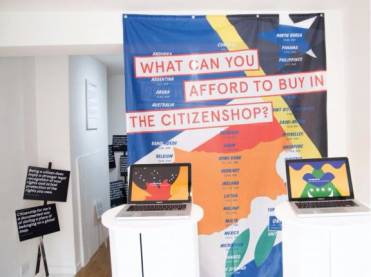
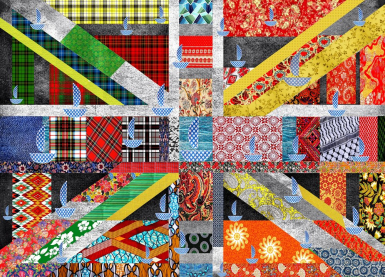

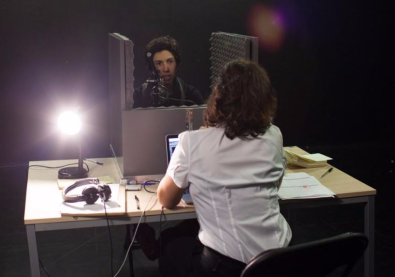
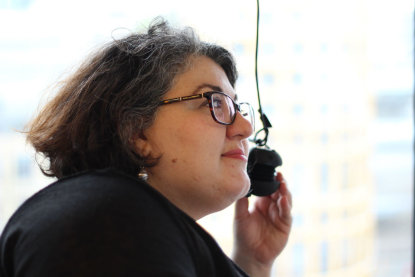
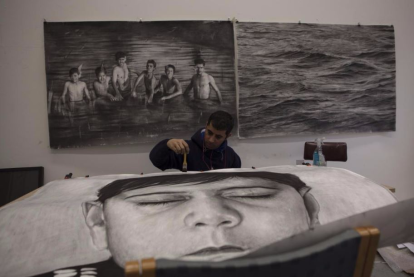
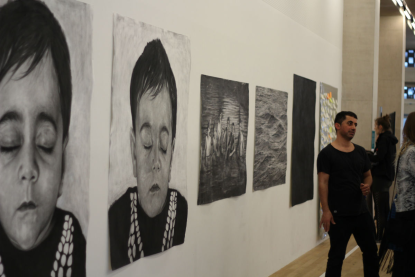
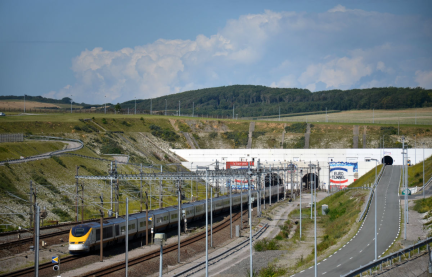
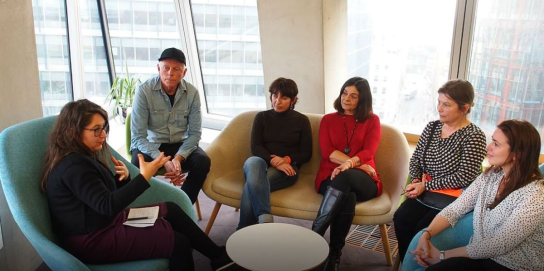
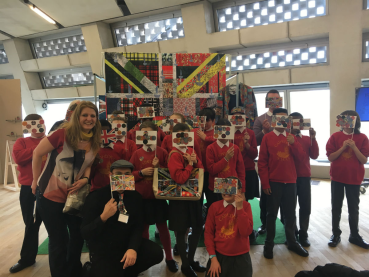
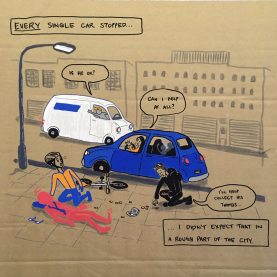
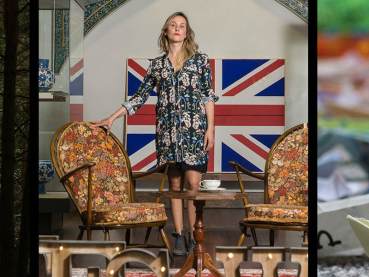
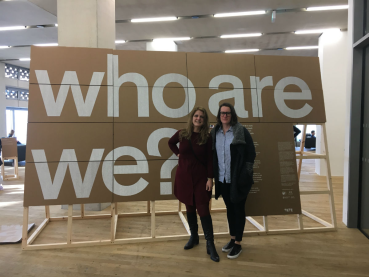
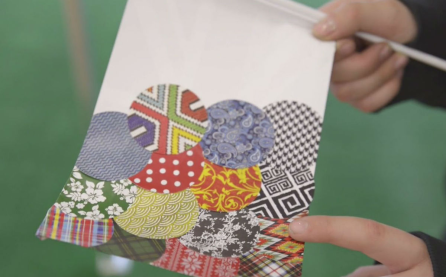
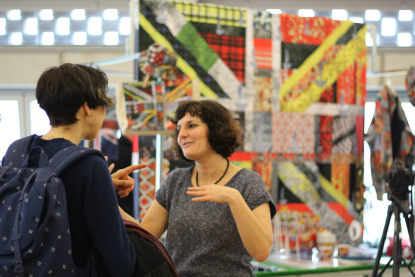
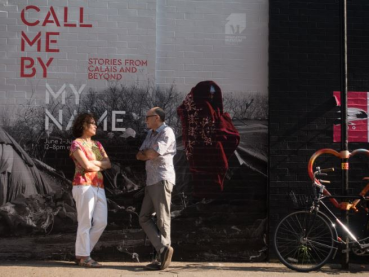

Rate and Review
Rate this article
Review this article
Log into OpenLearn to leave reviews and join in the conversation.
Article reviews